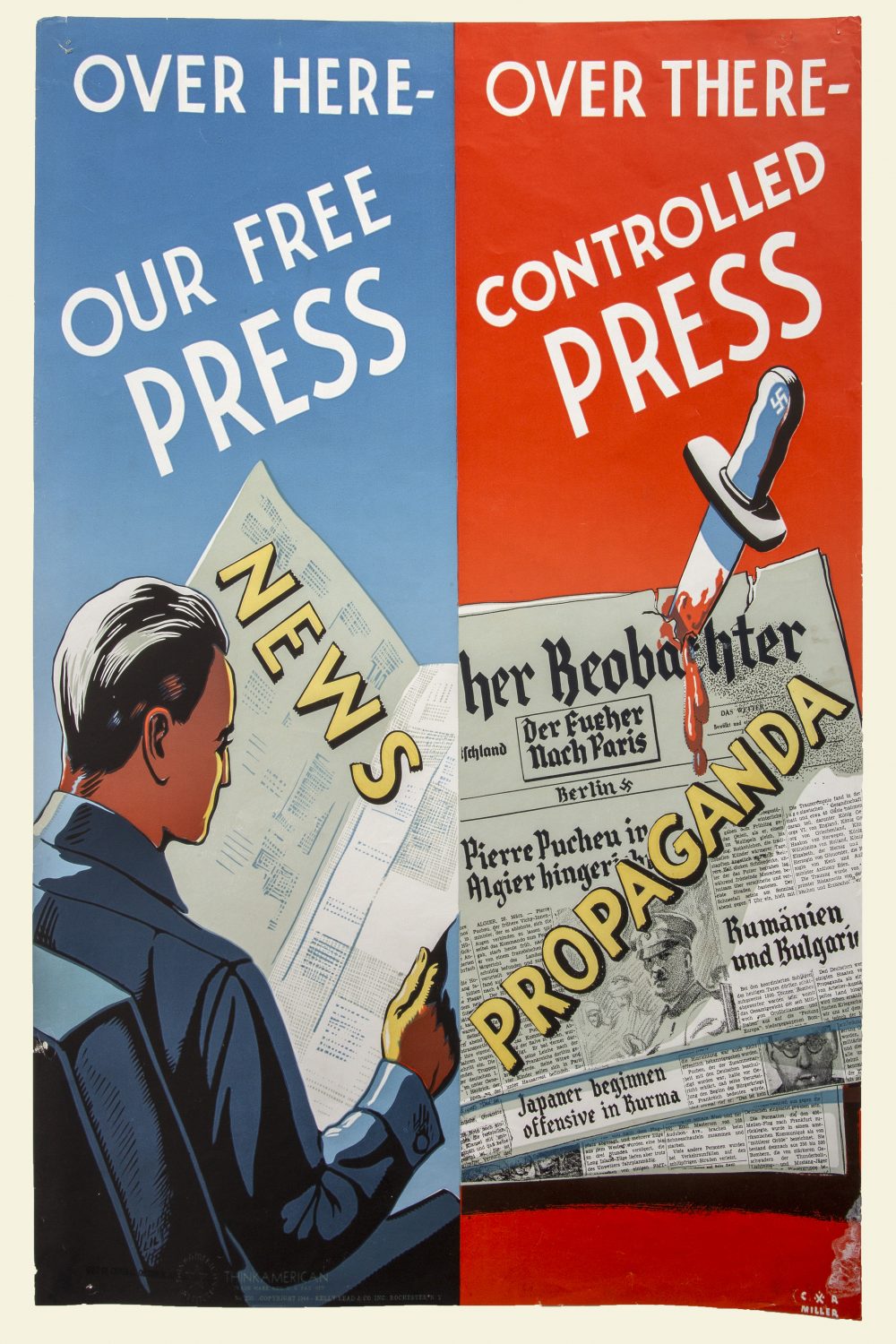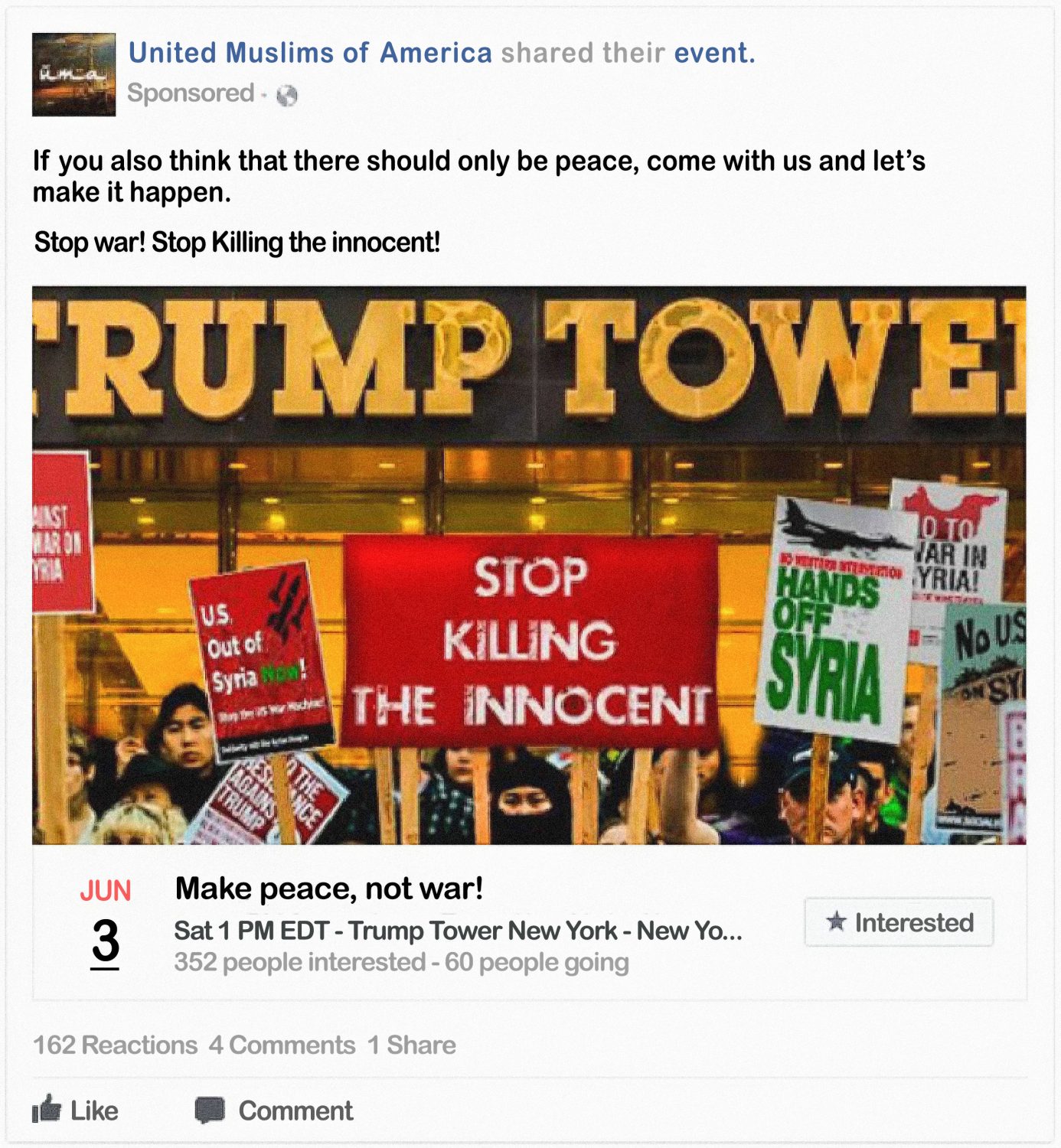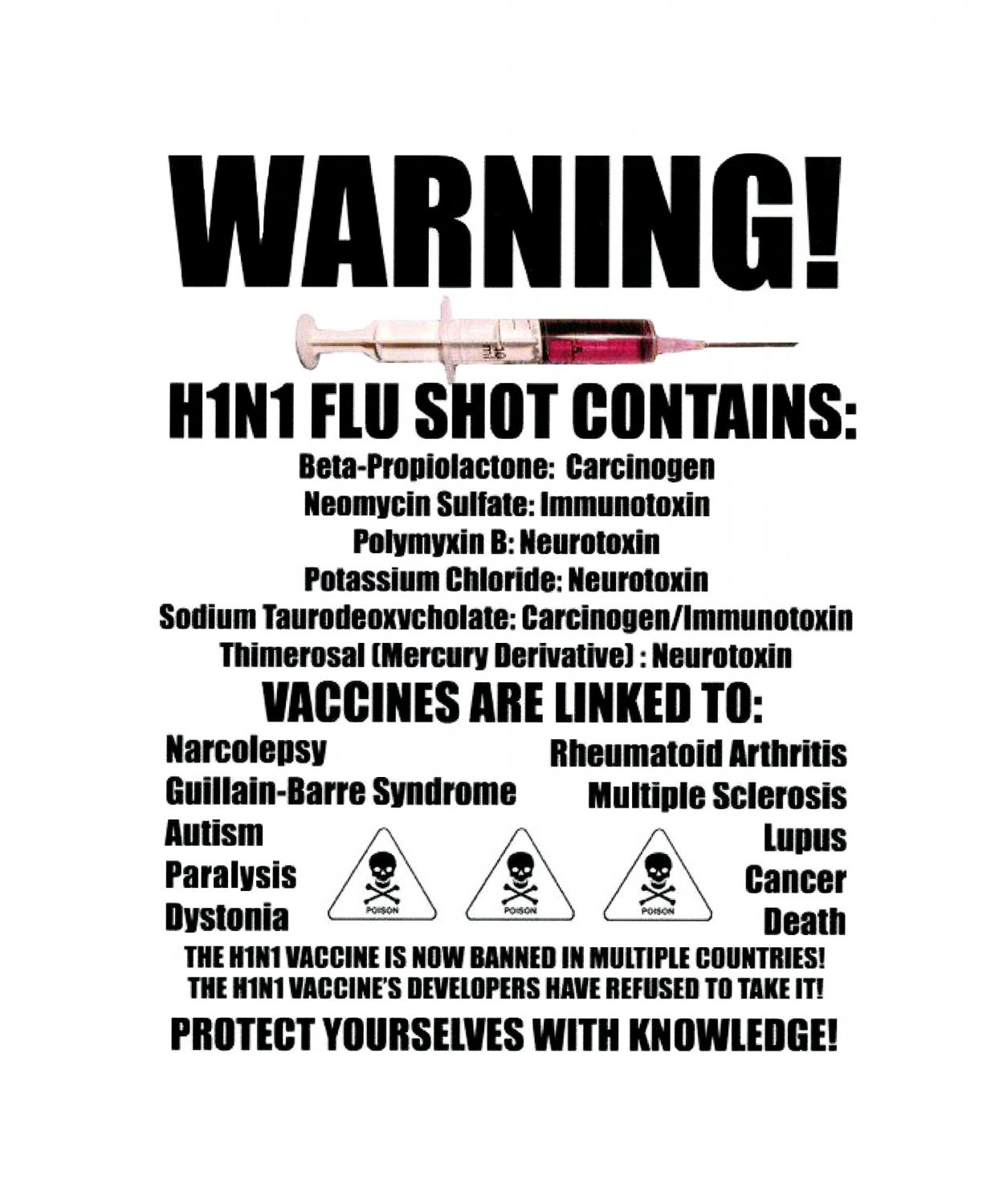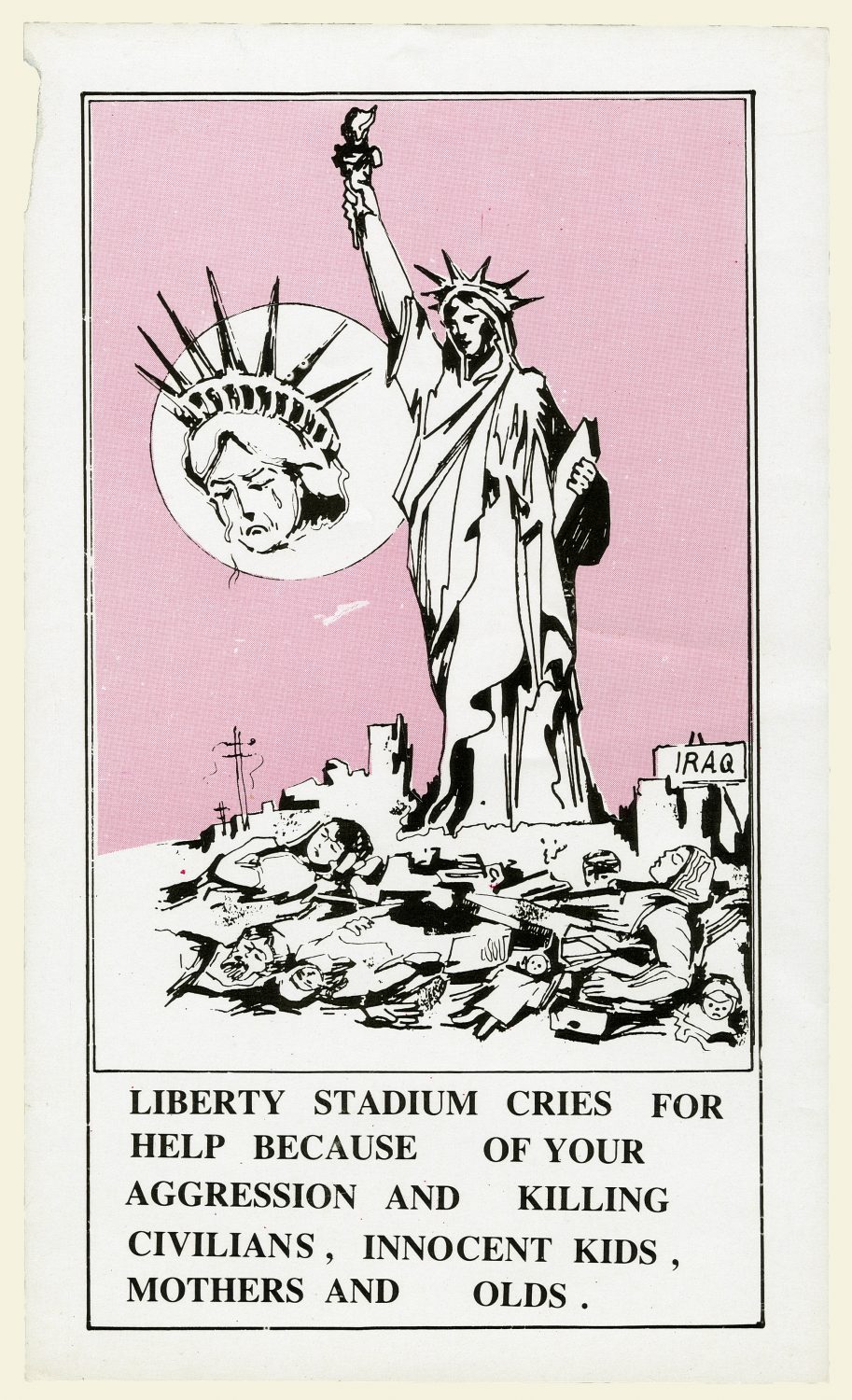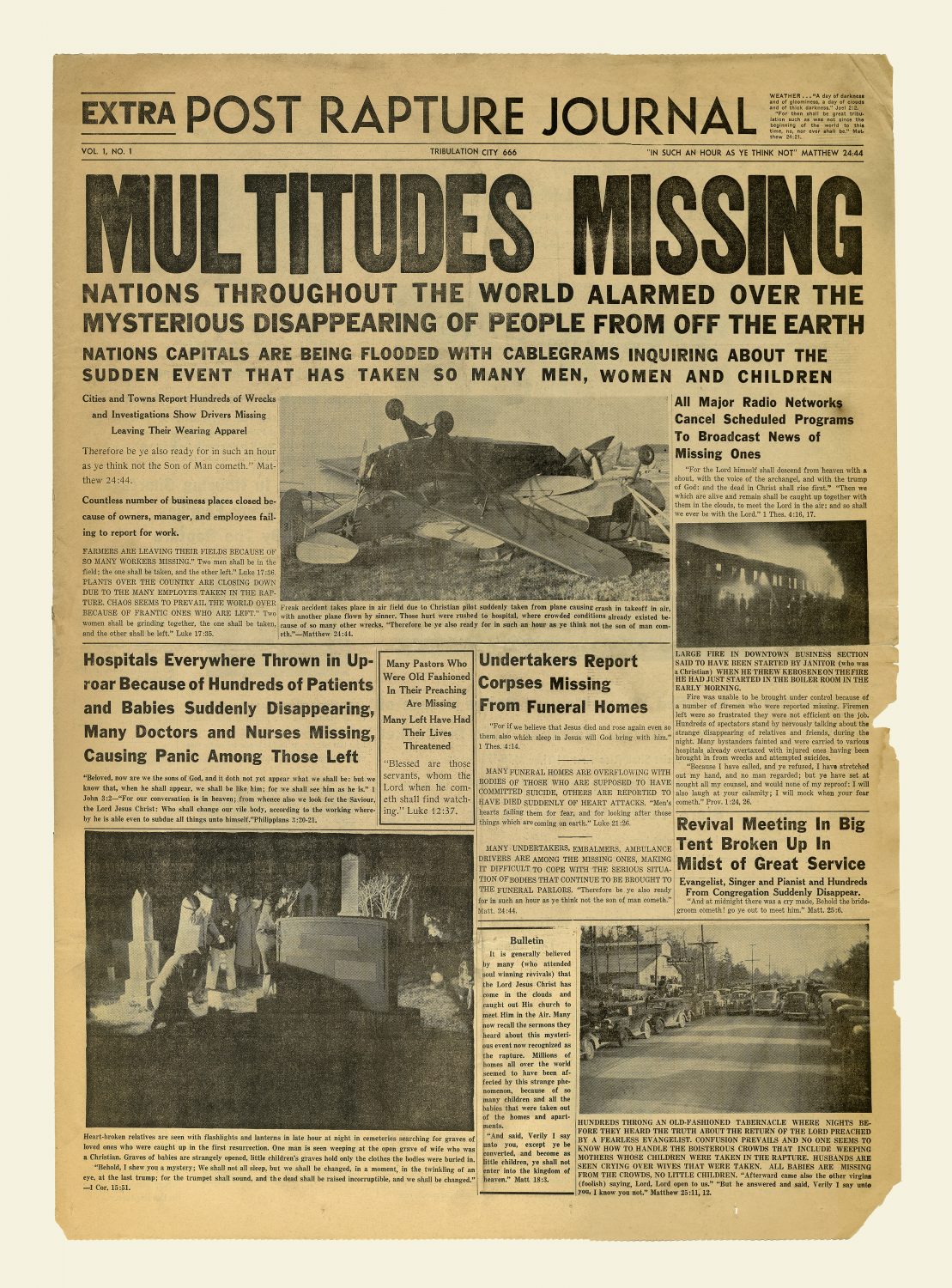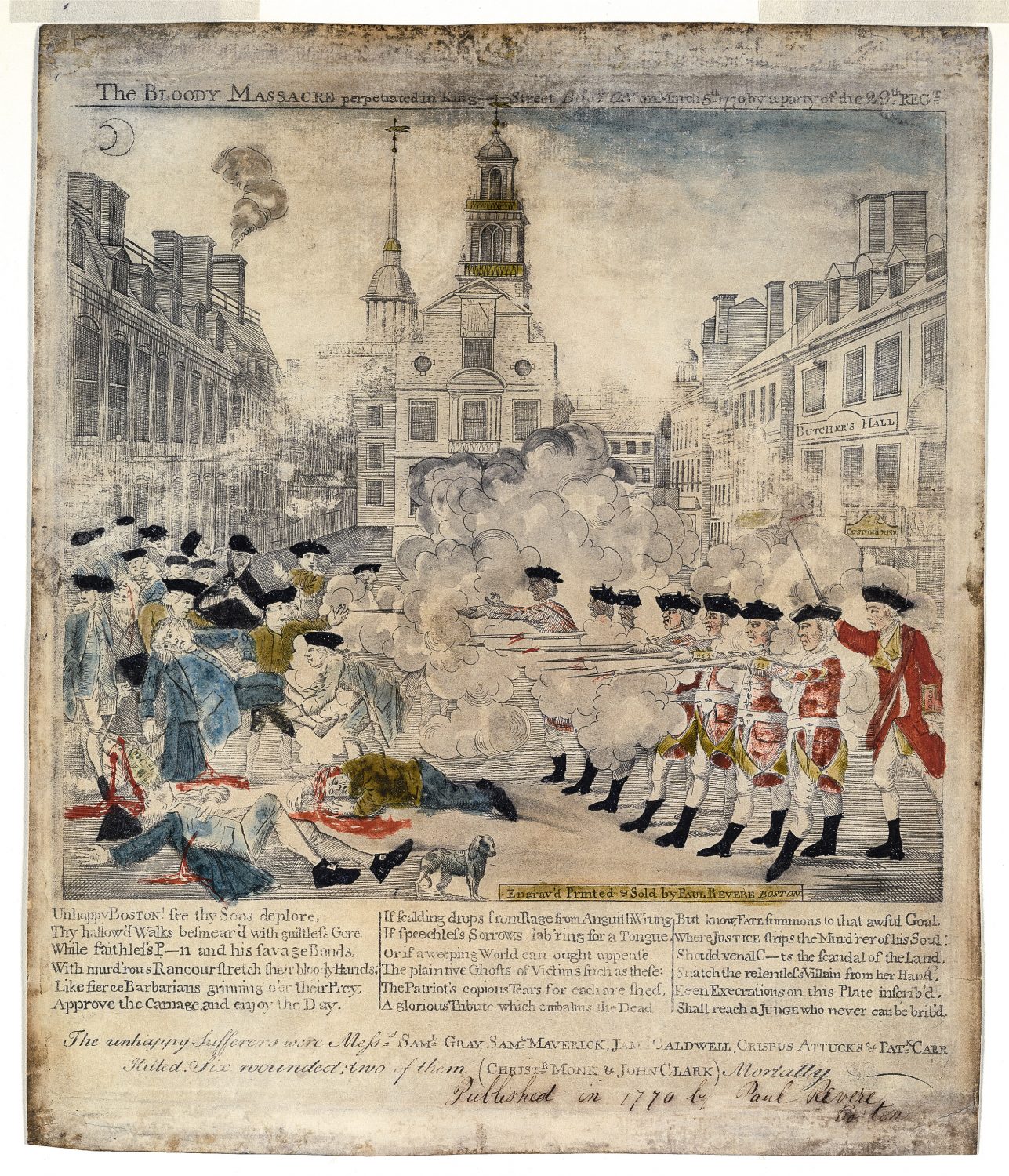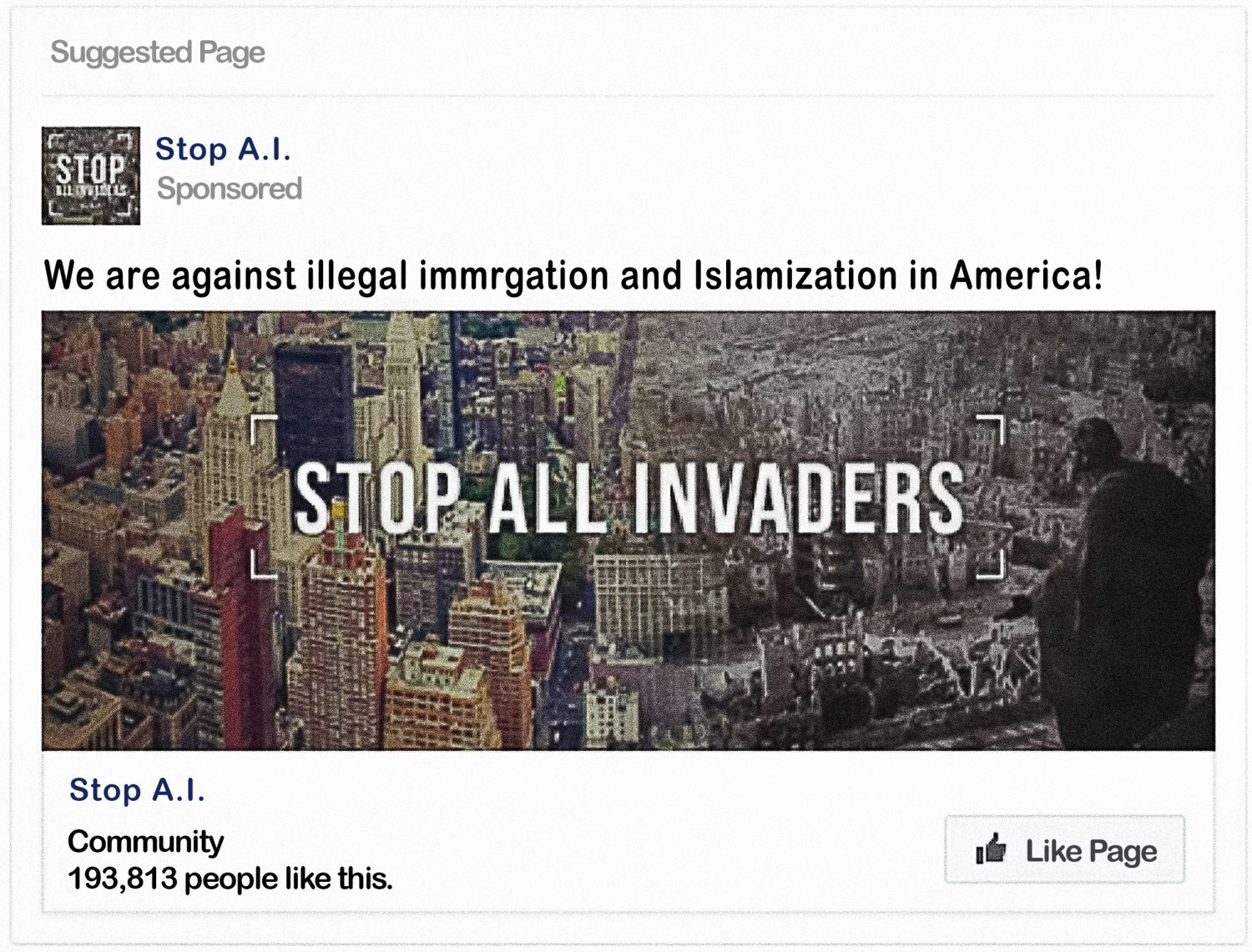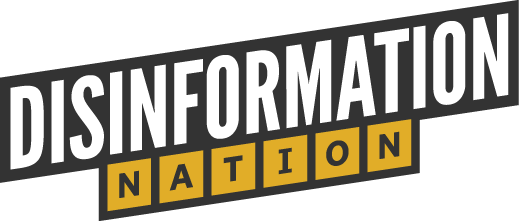


The definition of propaganda can be slippery, and even the experts like to debate the details. What one person sees as propaganda, another might see as a public education campaign.
But there are three things all propaganda has in common:
Propaganda makers are working to promote a specific cause, ideology, group or individual. That’s what sets propaganda apart from expressing a personal opinion or even a divisive idea. Propaganda is powered by the desire to make a bigger impact.
The creators of propaganda think carefully about who will see their messages. Even if the audience they identify is large and varied, propaganda makers know who they want to see their work and design their content to resonate with these targets.
Propaganda makers use persuasive techniques to shape their content, making it more memorable and convincing. Sometimes, these techniques may be rooted in the truth, but other times, they may omit or alter the facts to better serve the ultimate agenda.
To make a message even more effective, propaganda creators can cover their tracks, making it easier to earn your trust. Would you be more likely to believe information about a new health supplement from the company that sells it or from a seemingly “neutral” YouTube review? Using fake people, sites or pre-programmed bots, propaganda makers can hide their agenda from their audience.
Describing something as propaganda is not generally seen as a compliment. But does that mean all propaganda makes the world a worse place?

Propaganda and its techniques are neutral. What makes it “good” or “bad” is the agenda it serves.
For example, groups or governments might create propaganda in order to persuade people to adopt healthier habits. But then they might employ the same propaganda playbook to attack an opposing group or government.
Whether you think a piece of propaganda is good or bad usually depends on your perspective. Take this Cold War-era pro-capitalism cartoon. Whether you view it as a patriotic perspective or a twisted version of the truth might depend on where you live or your economic outlook.

In short, no. In the United States, the First Amendment protects a broad array of speech and press, including the inflammatory, misleading or downright fake content that makes up most propaganda.
There are some limits to these protections. For example, content that measurably damages an individual’s life or reputation, that incites people immediately to commit a crime or that is clearly obscene is not protected. Federal agencies are also prohibited from engaging in “covert propaganda”, meaning they are required to take clear responsibility for the messages that communicate their policies to the public.
But for the vast majority of cases in the U.S., the First Amendment allows information — real or fake, objective or manipulative, honest or deceptive — to circulate freely.

Sometimes. Some ads are just ads, pushing a product based on its own (often exaggerated) merits. If advertising is not just peddling a product but also trying to sell a larger set of values, then it starts to look like propaganda. For example, an ad campaign for body lotion that makes the case for valuing all individuals equally, regardless of shape, size or color, edges toward propaganda because it promotes an ideal or worldview. But even when ad campaigns bring in a bigger vision, that vision is secondary to the primary goal of advertising: selling something, not only an idea or cause.
The methods propaganda uses to worm its way into our brains stem from four universal techniques for manipulating human emotions. These techniques try to short circuit your logic and reason. But if you can learn to spot these techniques in action, you’ll be less likely to fall for propaganda.
Take our quiz to learn which technique you’re most likely to fall forPropaganda is not new, and neither is the game of trying to pin blame on “the other guy.” There’s no one group or nation to blame for the continuing proliferation of propaganda. New examples pop up all the time from every corner of the globe, using the techniques above to serve all types of agendas.
A few recent examples of publicly revealed propaganda campaigns:
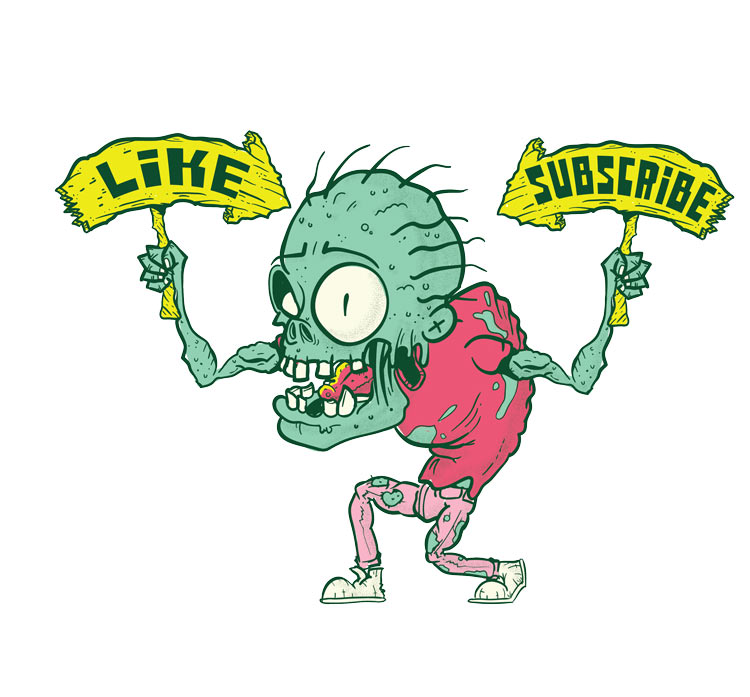
Instead of looking where to place the blame, learn to spot propaganda’s manipulative techniques so you can recognize when you’re being played, no matter who’s pulling the strings.
Propaganda is information that's been molded to influence what you think and do — like clicking on this ad. It's time to #propagandaproof yourself.

